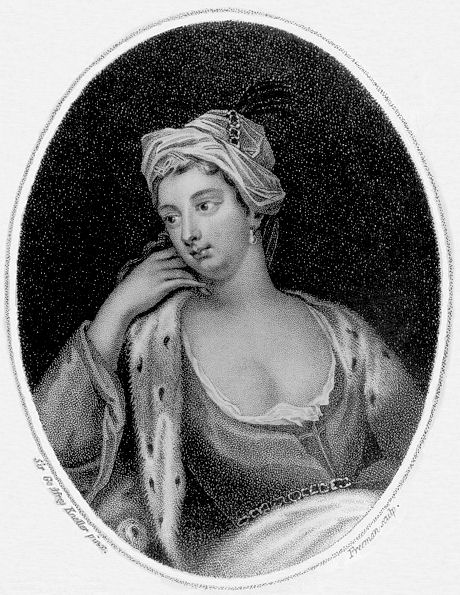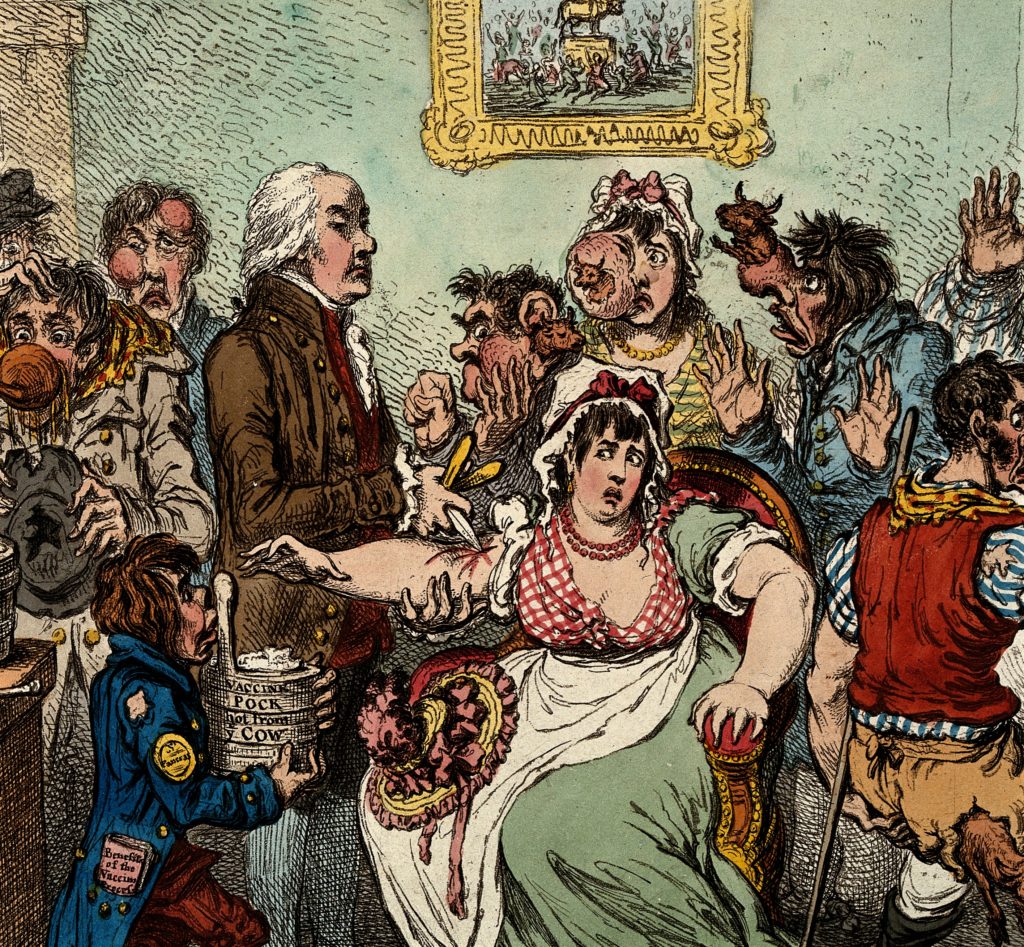I originally posted this on November 10, 1914. I’m adapting it today, because….We need to remember!
Today is November 11, Veteran’s Day, the eleventh hour of the eleventh day of the eleventh month, and the 101th anniversary of the armistice that ended World War I. In the UK and the Commonwealth, November 11 is known as Remembrance Day.
888,246 Commonwealth lives were lost in World War I. 888,246. that’s a staggering number. Can you imagine? Everyone in the UK must have been personally affected by that war.
In 2014, the UK marked Remembrance Day in a truly remarkable way. At the Tower of London 888,246 ceramic poppies were planted, one for each life lost. The poppies could be purchased for 25 pounds each and will be sent to the donors in January.
I visited the Tower of London in September 2014 and saw the poppies that had been planted in the moat so far.
You can see the individual poppies in this photo.
By November 11 the whole moat was filled. The poppies bled from a bastion window, arced above the Tower’s medieval causeway, flowed over the top of the walls and fill the moat with a sea of crimson.
The idea for this art project came from this poem:
Blood Swept Lands and Seas of Red
The blood swept lands and seas of red,
Where angels dare to tread.
As God cried a tear of pain as the angels fell,
Again and again.
As the tears of mine fell to the ground
To sleep with the flowers of red
As any be dead
My children see and work through fields of my
Own with corn and wheat,
Blessed by love so far from pain of my resting
Fields so far from my love.
It be time to put my hand up and end this pain
Of living hell. to see the people around me
Fall someone angel as the mist falls around
And the rain so thick with black thunder I hear
Over the clouds, to sleep forever and kiss
The flower of my people gone before time
To sleep and cry no more
I put my hand up and see the land of red,
This is my time to go over,
I may not come back
So sleep, kiss the boys for me
Today in the UK, think of the 888,246 lives represented in the Tower’s moat in 2014. Think, as well, of the 116,516 American dead in WWI. Or the one and a half million American lives lost in war beginning with our Civil War. Think of all the soldiers who have died in wars.
And honor them.
Do you have a particular person to remember on Veteran’s Day? Mine is my father, Col. Daniel J. Gaston, who spent a whole career in the army.








